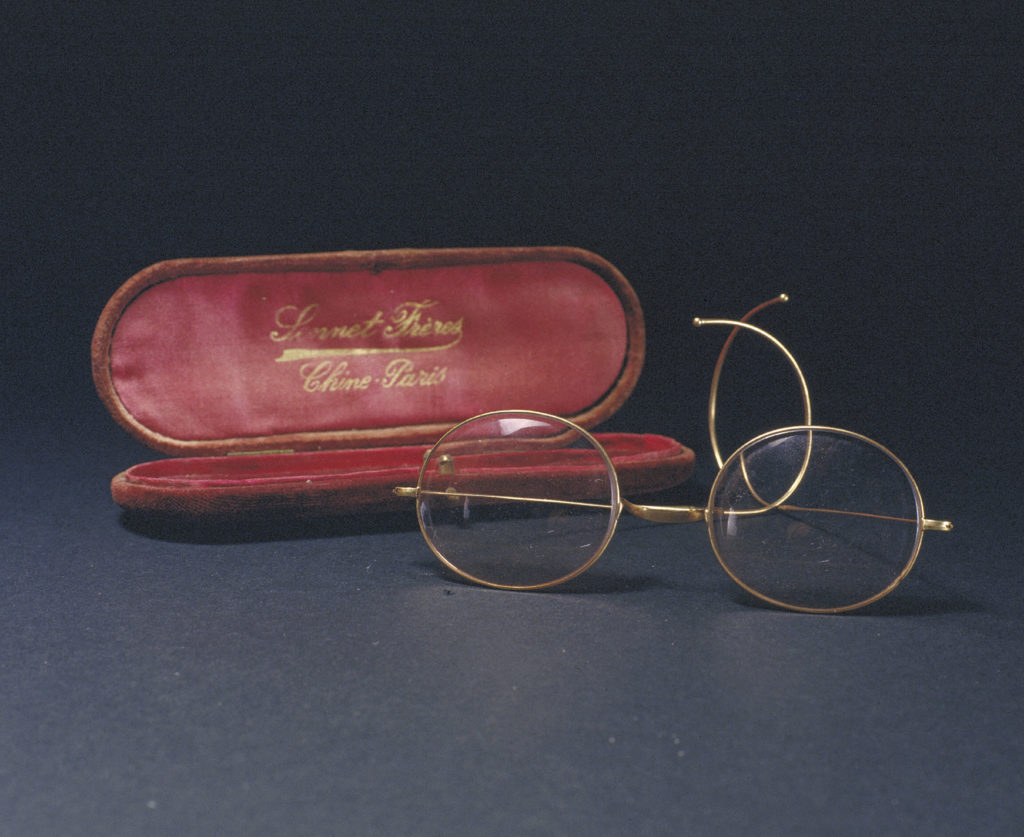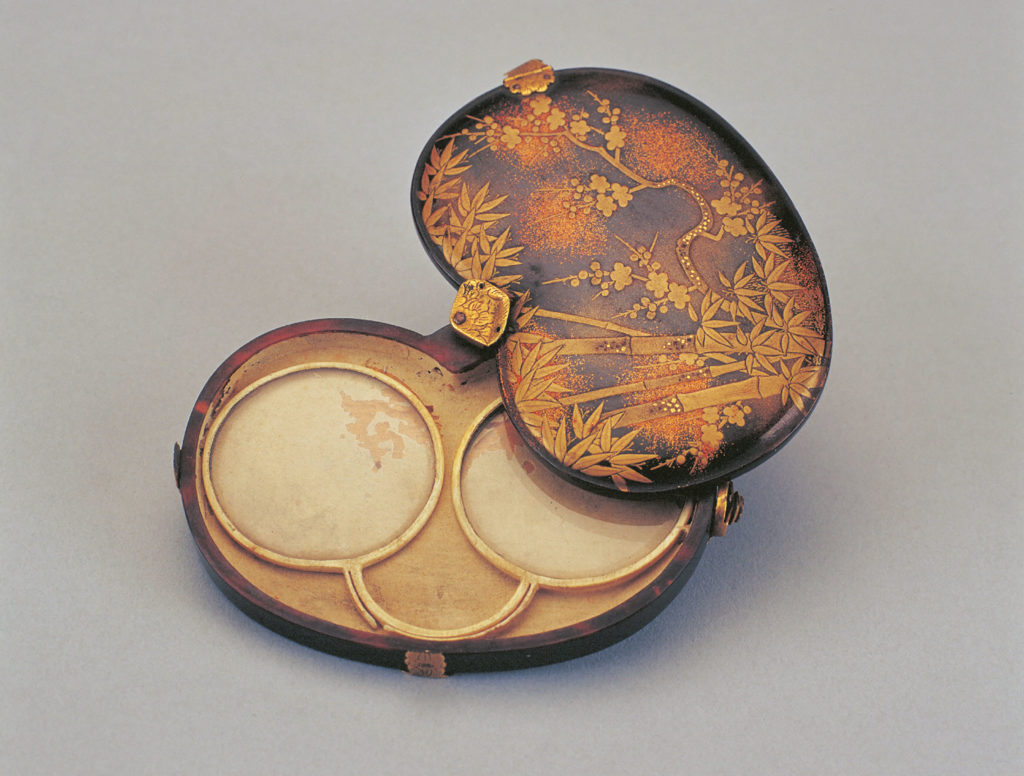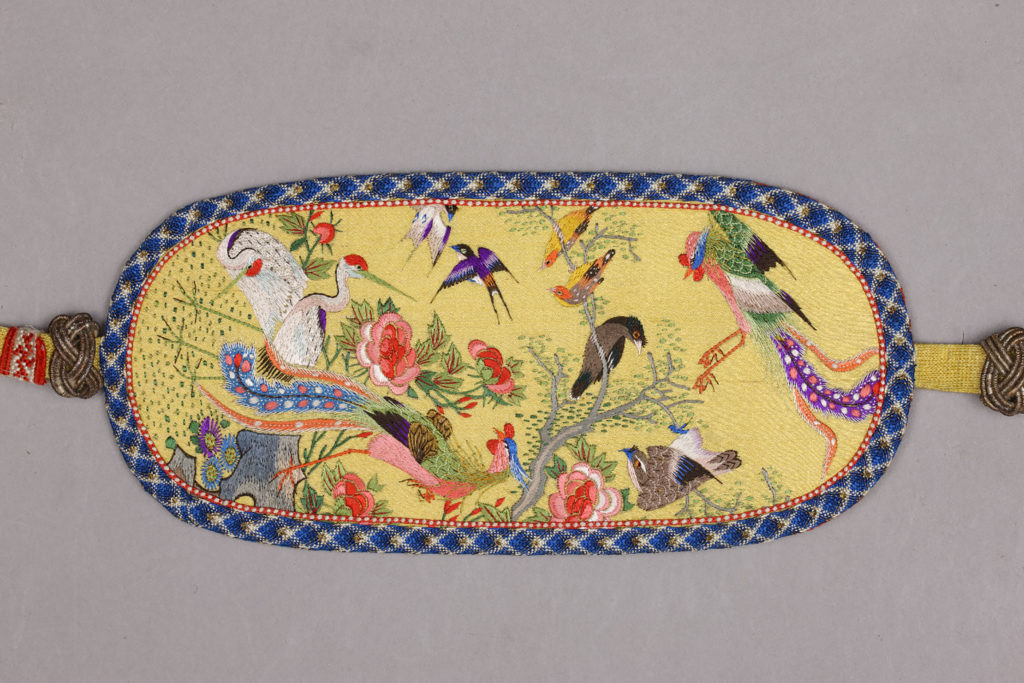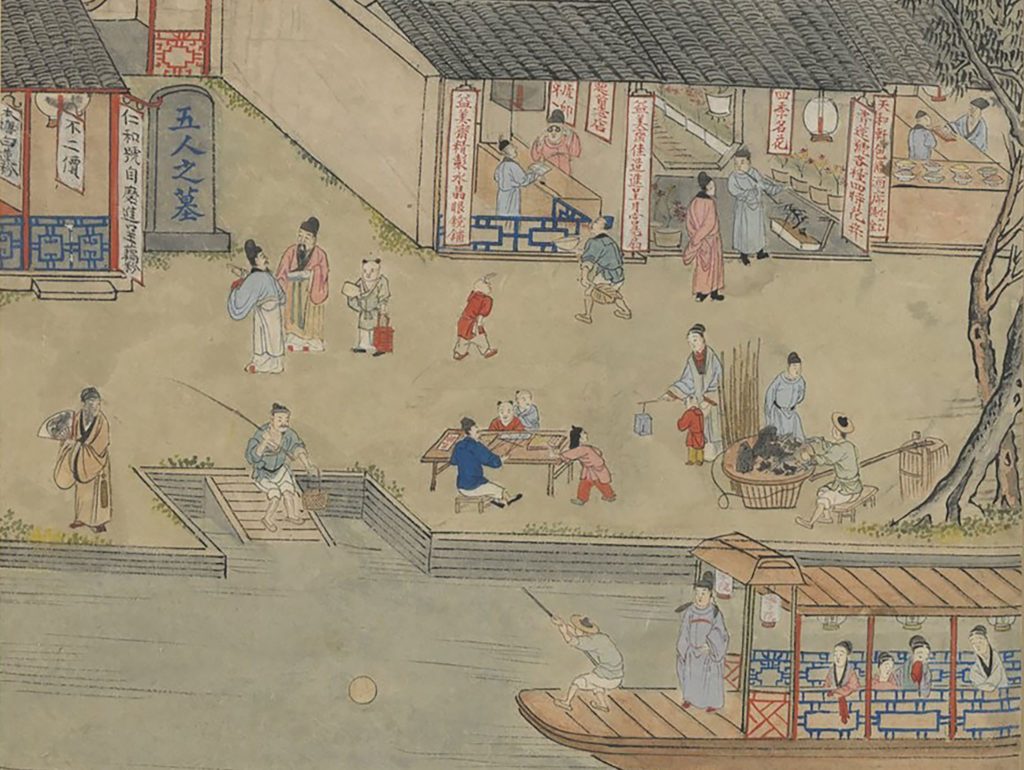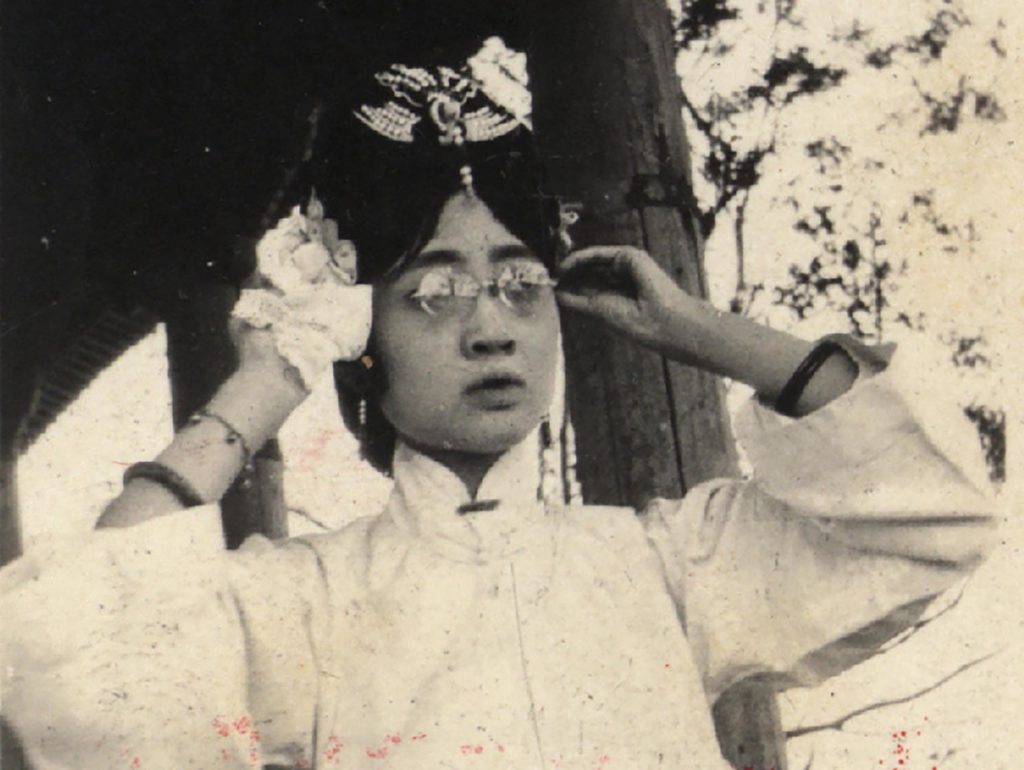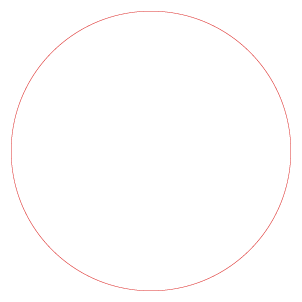Glasses are a common commodity in modern-day life, but they were also worn by the ancient Chinese. There are many theories about when eyeglasses were first introduced to China, but concrete records of their existence can be found from as early as the Xuande period (1426–1435) of the Ming dynasty. As many Qing emperors suffered from near-sightedness or far-sightedness, the Imperial Workshop of the Qing court had specialised eyeglass makers who made and repaired glasses.
Eyeglass makers
Glasses are a common commodity in modern-day life, but they were also worn by the ancient Chinese. There are many theories about when eyeglasses were first introduced to China, but concrete records of their existence can be found from as early as the Xuande period (1426–1435) of the Ming dynasty. As many Qing emperors suffered from near-sightedness or far-sightedness, the Imperial Workshop of the Qing court had specialised eyeglass makers who made and repaired glasses.
Eyeglasses for the Emperor’s Use
The Yongzheng Emperor had a habit of wearing glasses, and the eyeglass makers of the Imperial Workshop had made more than 35 pairs of glasses for him during his reign. He once demanded to have a pair of glasses for every two hours. The emperors’ eyeglasses were given as tributes from foreign countries, while some were purchased from the private sector and were made by the Imperial Workshop. Apart from making glasses for emperors, the Yongzheng Emperor also ordered the eyeglass makers to make glasses for other imperial artisans as a form of reward.
Eyeglasses in the Private Sector
Nowadays, it is very easy to buy a pair of glasses. But, in fact, at the height of rule of the Qing dynasty, there were already eyeglass shops in major cities. Eyeglasses became a fashion item for the educated. During the Qianlong period, Zhou Guangye (1730–1798), a native of Zhejiang Province, wrote: “Eyeglasses originated during the middle of the Ming dynasty, and have gained popularity in big cities in recent times. Because of their scarcity, they are a cherished item which helps with far-sightedness as well as short-sightedness.”
Production and Trade of Eyeglasses
Unlike Western-made glasses with glass lenses, early eyeglasses in China were mainly made with crystal, causing the relatively high prices for glasses in the early days. Crystals were classified into three categories: clear quartz, smoky quartz, and black crystal. According to an account by Sun Chengze (1592–1676) in the early years of the Kangxi period, eyeglasses with smoky quartz lenses cost seven or eight taels of silver, while top-quality glasses with clear glass lenses cost only seven or eight candareens. In the Qianlong Emperor’s 1788 poem titled Eyeglasses, he wrote,
“Two types of eyeglasses:
Crystal and glass.
Cheap for the ones made of glass,
Scarce are the ones made of crystal..”
Benefiting from its geographical advantages, Guangdong had more contact with foreign countries and became a major manufacturer of eyeglasses. At the end of the reign of the Jiaqing Emperor, Huang Zhi (1778–1852) wrote in Notes on Guangdong (Yue xiaoji) that the crystal eyeglasses of Guangzhou had spread to all parts of the world. During the Qing dynasty, merchant ships from Fujian and Jiangnan exported glasses to Japan. According to Japanese records in The Cargo List of Chinese and European Ships (Toban kamotsu cho) and Accounts of Official Business in Nagasaki (Nagasaki goyotome), a Chinese ship entered the Nagasaki port in 1711, and among its cargo were 300 pairs of pince-nez and 9,440 pairs of small glasses. “Pince-nez” is a style of eyeglasses, that are supported without earpieces, by pinching the bridge of the nose. The next image is an example.
Eyeglass Prescriptions
Nowadays, we go to an optometrist to determine the right prescription for our eyeglasses. However, optometrists did not exist back in the Qing dynasty, so how did they prescribe glasses? As it turns out, optometrists in the past offered a set of 12 standard degrees to correct near-sightedness and far-sightedness to meet different needs. Since the limit of available degrees could far from satisfying everyone, some shops later offered 24 or even 36 optical degrees.
“(As for) Western spectacles with glass lenses … the most sophisticated ones have twelve types of lenses that come in sets of twelve, one of which would allow a man, whether young or old, to perceive the minutest details.”
——Zhang’s Comprehensive Medicine (Zhangshi yitong), Zhang Lu (1617–1699)
How Eyeglasses Were Worn
The ancient Chinese wore eyeglasses in a style different from the way they are worn today. Early versions had no nose pads or temples. At the time, there were two main ways of wearing glasses: hand-held, or to tie them behind the head or hang them behind the ears like two pigtails, just like how Wanrong, the last Empress, wore her eyeglasses.

